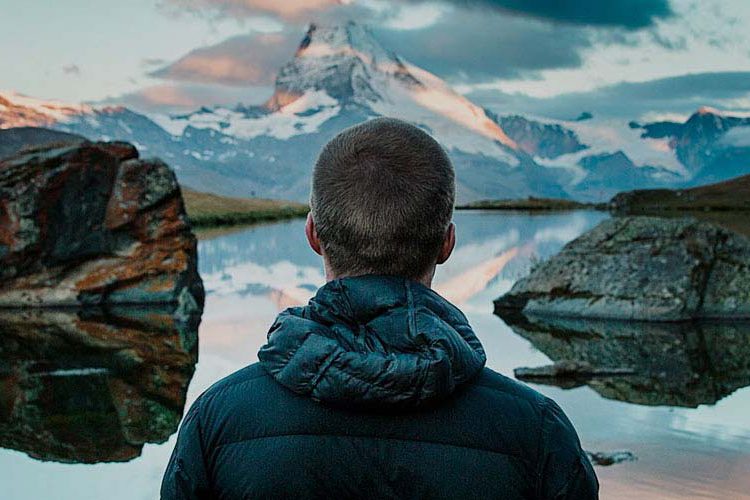Backpacking is the outdoor recreation of carrying gear on one’s back, while hiking for more than a day. It is often but not always an extended journey, and may or may not involve camping outdoors. In North America tenting is common, where simple shelters and mountain huts found widely in Europe are rare. In New Zealand, tramping is an equivalent term though overnight huts are frequently used. Hill walking is the equivalent in Britain, though backpackers make use of all kinds of accommodation, in addition to camping. Backpackers use simple huts in South Africa. Similar terms used in other countries are trekking and bushwalking.
A good backpacker minimizes their impact on the environment, including staying on established trails, not disturbing vegetation, and carrying garbage out. The Leave No Trace movement ethos is direct: “Leave nothing but footprints. Take nothing but photos. Kill nothing but time. Keep nothing but memories”.
Backpacking camps are usually more spartan than campsites where gear is transported by car or boat. In areas with heavy backpacker traffic, a hike-in campsite might have a fire ring (where permissible), an outhouse, a wooden bulletin board with a map and information about the trail and area.
I’m really an outdoorsy girl. People think I can’t go anywhere without getting all primped up, but I love to go camping, and I’m totally fine with not doing my hair or makeup, not taking a shower and just hiking.
– Vanessa Hudgens
Many hike-in camps are no more than level patches of ground free of underbrush. In remote wilderness areas hikers must choose their own site. Established camps are rare and the ethos is to “leave no trace” when gone. A backpacker’s modern lightweight dome tent near Mount Anne in a Tasmanian Wilderness area
In some regions, varying forms of accommodation exist, from simple log lean-to’s to staffed facilities offering escalating degrees of service. Beds, meals, and even drinks may be had at Alpine huts scattered among well-traveled European mountains. Backpackers there can walk from hut-to-hut without leaving the mountains, while in places like the Lake District or Yorkshire Dales in England hill-walkers descend to stay in Youth hostels, farmhouses or guest houses. In the more remote parts of Great Britain, especially Scotland, bothies exist to provide simple accommodation for backpackers.
There are some simple shelters and occasional mountain hut also provided in North America, including on the Appalachian trail. Another example is the High Sierra Camps in the Yosemite National Park. Long distance backpacking trails with huts also exist in South Africa, including the 100 km plus Amatola Trail, in the Eastern Cape Province. Backpacking is also popular in the Himalayas, where porters and pack animals are often used.
